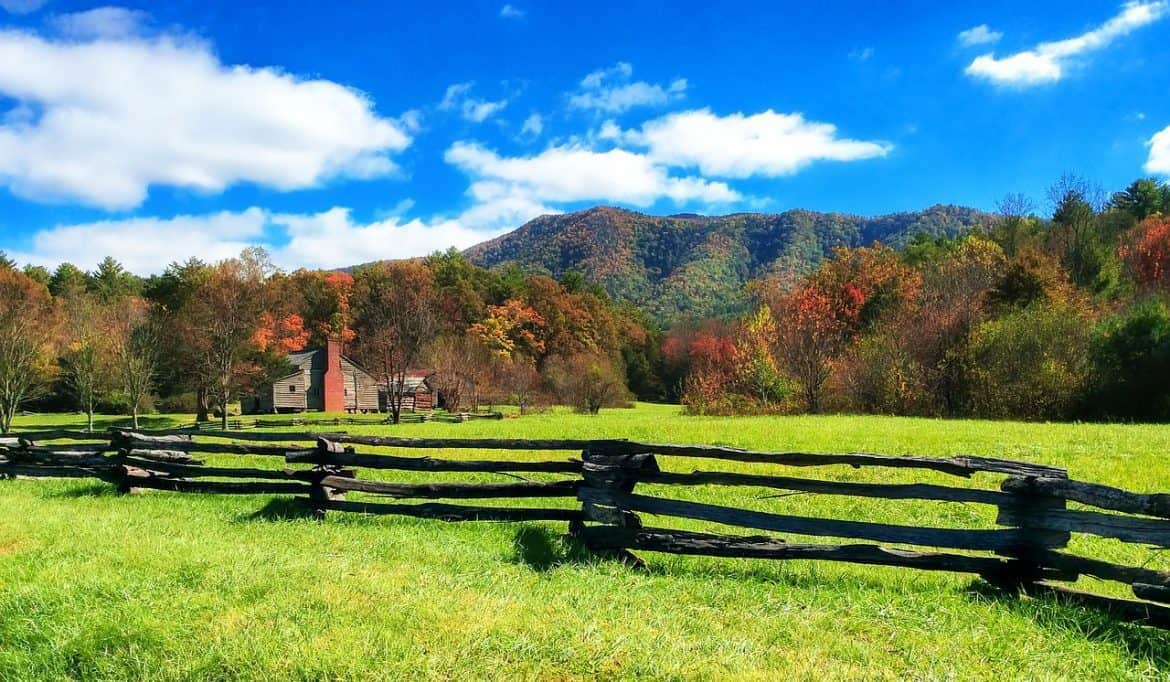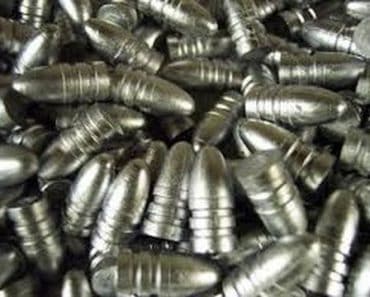As you might have guessed, I like to combine things and get more than one use out of anything. So when I was out in the Smoky Mountains for a recent training class I decided to stop by at Ready Made Resources and see their store. I have no commercial connection with them, but I […]
Author: David Nash
90 amp Harbor Freight Welder Review
This review may be a little controversial – it all depends on if a professional welder reads it… I want to learn to weld, it’s on my “hope I never kick the bucket” list. You know skills I wish I had, but if I had them all I would be 176 years old simply […]
DIY Solar Cooker
From doing research into solar applications I have come to the personal conclusion that solar energy is misapplied in many instances. Our sun is an awesome source of energy, but all too often we use it to create electricity we store to make heat or light later. While this has some really useful applications, […]
How to Cast Lead Bullets
First of all, let me just say, I am no expert at casting lead bullets and this article is only a basic guide to get started and to show you that this is do-able for the lay person. Please visit forums like cast boolits and read manuals like Lee’s Modern Reloading, and the Lyman […]





